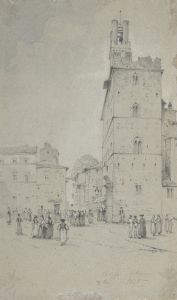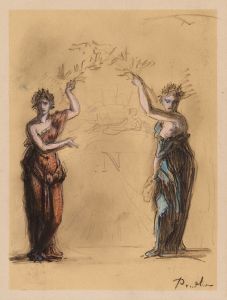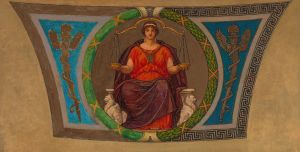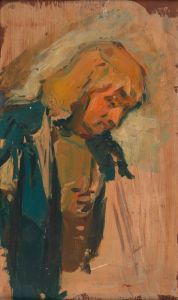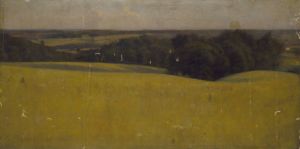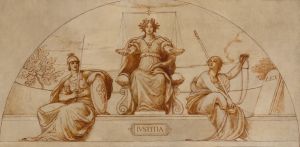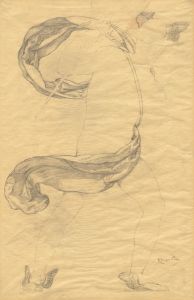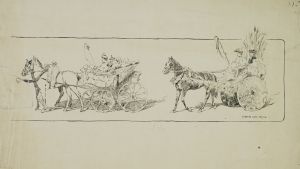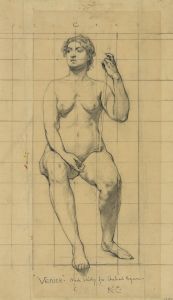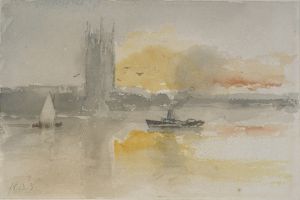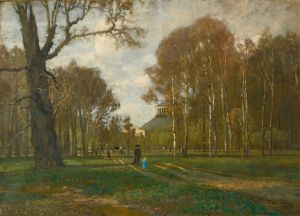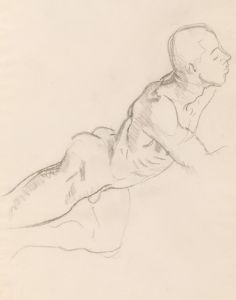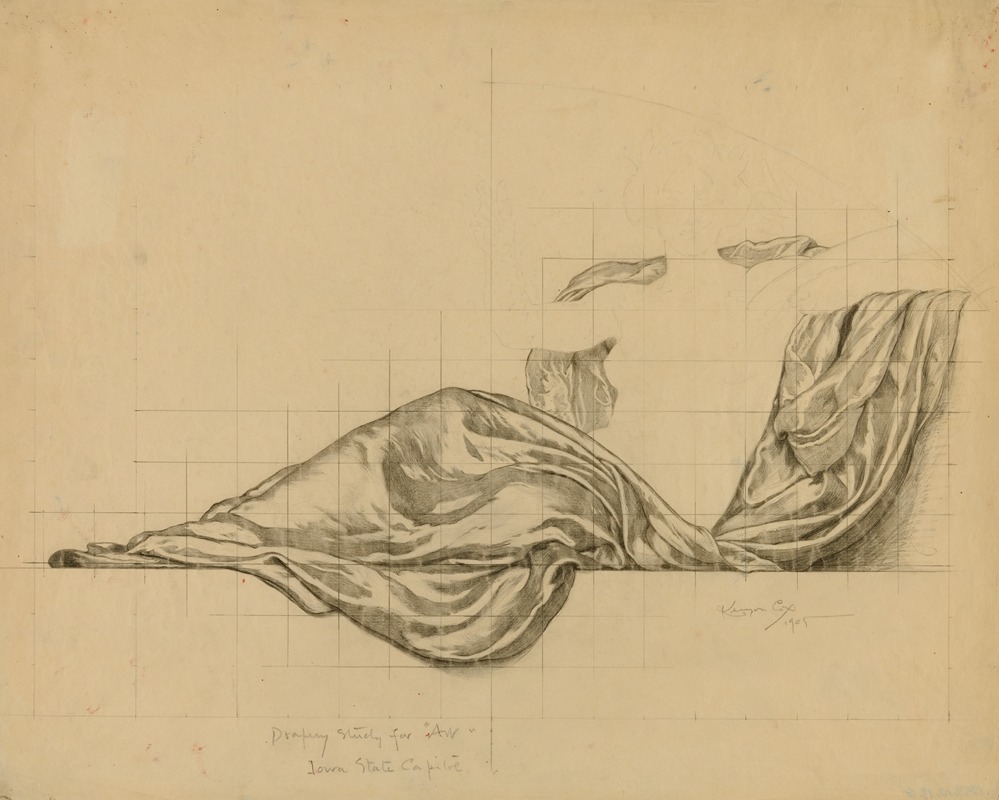
A hand-painted replica of Kenyon Cox’s masterpiece , meticulously crafted by professional artists to capture the true essence of the original. Each piece is created with museum-quality canvas and rare mineral pigments, carefully painted by experienced artists with delicate brushstrokes and rich, layered colors to perfectly recreate the texture of the original artwork. Unlike machine-printed reproductions, this hand-painted version brings the painting to life, infused with the artist’s emotions and skill in every stroke. Whether for personal collection or home decoration, it instantly elevates the artistic atmosphere of any space.
Kenyon Cox (1856–1919) was an American painter, illustrator, muralist, writer, and teacher, known for his classical style and academic approach to art. He was a prominent figure in the American art scene during the late 19th and early 20th centuries. Cox's work often reflected his interest in classical themes and his commitment to the ideals of beauty and order. However, specific information about a painting titled "by Kenyon Cox" is not available, as it seems there might be a misunderstanding or lack of clarity regarding the title or the specific work in question.
Kenyon Cox was born in Warren, Ohio, and studied at the McMicken School of Design in Cincinnati before moving to Paris to further his education at the École des Beaux-Arts. In Paris, he studied under the renowned French academic painter Jean-Léon Gérôme, which significantly influenced his artistic development. Cox returned to the United States in 1882 and settled in New York City, where he became an influential teacher at the Art Students League of New York. His teaching and writings on art theory and criticism helped shape the American art scene during his time.
Cox was known for his murals and allegorical paintings, which often depicted mythological and historical subjects. His murals can be found in several prominent buildings, including the Library of Congress in Washington, D.C., and the Wisconsin State Capitol. These works are characterized by their classical composition, harmonious color schemes, and idealized figures, reflecting Cox's dedication to the principles of academic art.
In addition to his work as a painter and muralist, Kenyon Cox was a prolific writer and critic. He contributed articles to various art journals and publications, where he expressed his views on art education, the role of the artist, and the importance of maintaining high standards in art. His writings often emphasized the value of traditional artistic techniques and the need for artists to be well-versed in the classical canon.
Cox's legacy is also preserved through his role as an educator. Many of his students went on to become successful artists in their own right, and his influence can be seen in the continued appreciation for classical art forms in America. Despite the changing trends in the art world during his lifetime, Cox remained steadfast in his commitment to the ideals of beauty, order, and technical excellence.
While specific details about a painting titled "by Kenyon Cox" are not available, his body of work as a whole reflects his dedication to classical art and his impact on American art history. His contributions as an artist, teacher, and writer continue to be recognized and appreciated by art historians and enthusiasts alike.







